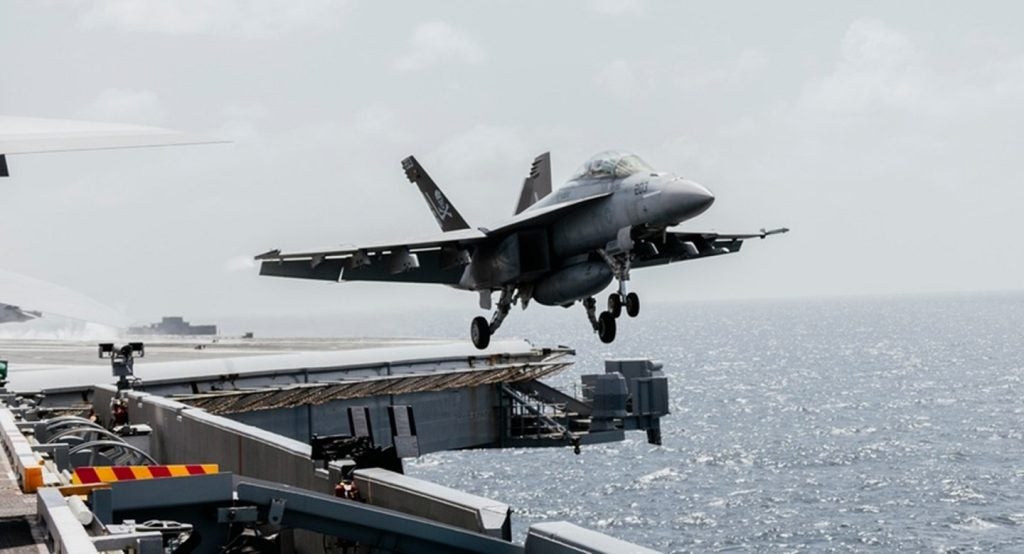
MicroLink Devices has provided advanced technology to Airbus Defence and Space for the maiden stratospheric flight of the next-generation Zephyr S unmanned aerial vehicle (UAV).
Powered by MicroLink’s lightweight and flexible high-efficiency solar sheet technology, the UAV has now landed after flying for more than 25 days continuously without refuelling, setting a new long endurance flight record.
The solar technology has been designed to power autonomous aerial systems and satellites that have significant area and weight constraints.
Airbus high altitude pseudo-satellite (HAPS) programme director Sophie Thomas said: “Our collaboration with MicroLink Devices in the application of their ELO solar sheet technology to the Zephyr has been important to the success of the HAPS programme.
“The high specific power of MicroLink’s solar sheets enables the Zephyr to fly uninterrupted in the stratosphere, which would not be possible with lower performance solar cell technology. This will further extend the capability and utility of the Zephyr platform for our customers.”
Featuring a combination of high-efficiency and low mass enabled by the company’s epitaxial lift-off (ELO) inverted metamorphic multi-junction (IMM) solar cells, MicroLink’s technology is capable of providing enhanced performance when compared with other solar cell technology.
How well do you really know your competitors?
Access the most comprehensive Company Profiles on the market, powered by GlobalData. Save hours of research. Gain competitive edge.

Thank you!
Your download email will arrive shortly
Not ready to buy yet? Download a free sample
We are confident about the unique quality of our Company Profiles. However, we want you to make the most beneficial decision for your business, so we offer a free sample that you can download by submitting the below form
By GlobalDataOver the past ten years, ELO technology development has been sponsored by several agencies, including Nasa, Defense Advanced Research Projects Agency (DARPA), the US Air Force Research Laboratory, the Naval Air Systems Command (NAVAIR), and the US Department of Energy.
The Zephyr UAV offers cost-effective, persistent, local satellite-like services, and can be used in a wide range of operations such as maritime surveillance, border patrol, communications, forest fire detection, and navigation.
In May 2016, Airbus Defence and Space reached a solar cell production contract with MicroLink Devices for the Zephyr S military aircraft.







